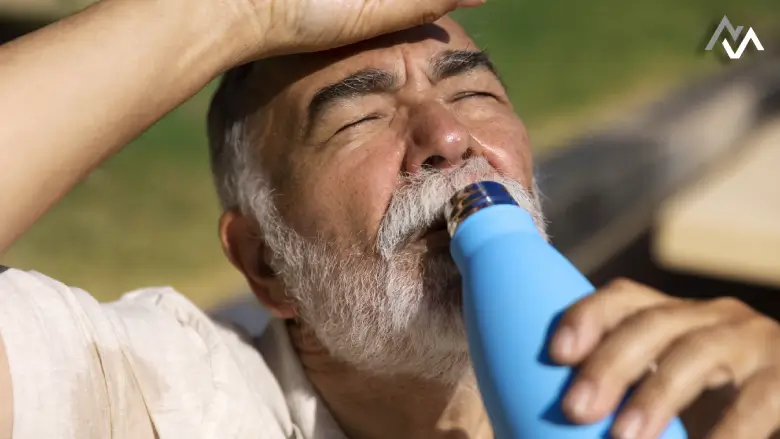Recognizing and Preventing Heat Exhaustion and Heat Stroke

As temperatures soar, knowing how to protect yourself from heat exhaustion and heat stroke becomes crucial. Both conditions can be dangerous, but with some knowledge and precaution, you can stay safe and enjoy the sunny days.
Understanding Heat Exhaustion
Heat exhaustion happens when your body overheats, usually due to prolonged exposure to high temperatures or physical activity in the heat. Symptoms to watch for include:
- Heavy sweating
- Weakness or fatigue
- Dizziness or fainting
- Nausea or vomiting
- Headache
- Muscle cramps
If you or someone else shows these signs, it’s essential to cool down quickly. Move to a cooler place, drink water or a sports drink, and use wet cloths or take a cool shower to lower your body temperature.
Recognizing Heat Stroke
Heat stroke is more severe than heat exhaustion and requires immediate medical attention. It occurs when your body temperature rises to 104°F (40°C) or higher. Symptoms include:
- Hot, red, and dry skin
- Rapid, strong pulse
- Confusion or slurred speech
- Seizures
- Loss of consciousness
If you suspect someone has heat stroke. While waiting for help, try to cool the person down by moving them to a cooler place, applying cool cloths, or spraying them with water.
Prevention Tips
Preventing heat-related illnesses involves simple but effective measures:
- Stay Hydrated: Drink plenty of water throughout the day. Avoid alcohol and caffeine, which can dehydrate you.
- Dress Appropriately: Wear lightweight, light-colored, and loose-fitting clothing.
- Seek Shade: Take breaks in the shade or indoors, especially during peak sun hours (10 a.m. to 4 p.m.).
- Use Sunscreen: Protect your skin with a broad-spectrum sunscreen of at least SPF 30.
- Acclimate to the Heat: Gradually increase your time outdoors to help your body adjust to the heat.
Conclusion
Knowing the signs of heat exhaustion and heat stroke can save lives. By staying informed and taking preventive steps, you can enjoy outdoor activities safely even during the hottest days. Stay cool, stay hydrated, and be aware of how your body responds to the heat.




